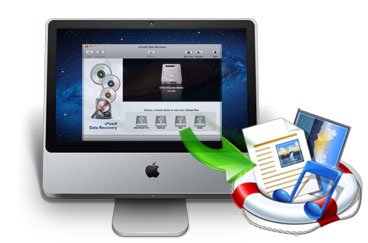


But this means that if one drive fails, all of your data or even the array becomes unreadable. This allows the RAID array to perform faster because it can read/write data from multiple disks (even if it appears as a single volume). RAID 0 – RAID 0 (or “striping”) combines 2 or more disks into 1 volume and distributes data blocks evenly among them.These are also the RAID levels that we will primarily be working with for this article. Read on! A Guide to the Software RAID Options Available on Macīefore we proceed with recovering and repairing your RAID, let’s quickly revisit the software RAIDs available on Mac. We provide a couple of different methods with step-by-step instructions and screenshots. This article is your ultimate guide on how to recover data from RAID on Mac, as well as how to diagnose and repair it. However, to recover (and even repair) your RAID, you have to isolate the problem and understand what caused it. Fortunately, RAID recovery on Mac is possible and it doesn’t have to be difficult. What is the best Mac RAID recovery software?Īre you experiencing data loss on your RAID array? Given their architecture, it’s a common scenario.How do I restore data from RAID drives?.Can you recover data from a RAID drive?.Other Solutions to Consider for Mac RAID Recovery.Method 5: Remove a Faulty Disk from a RAID Without Affecting the Data.Method 4: Rebuild a Mirrored (RAID 1) Disk Set.Method 3: Repair Disk Errors With First Aid.Method 2: Diagnose Hard Drives In Your RAID Setup.Resolving Corrupted RAID Issues on a Mac.How to Recover Data from the Software RAID on a Mac.A Guide to the Software RAID Options Available on Mac.


 0 kommentar(er)
0 kommentar(er)
